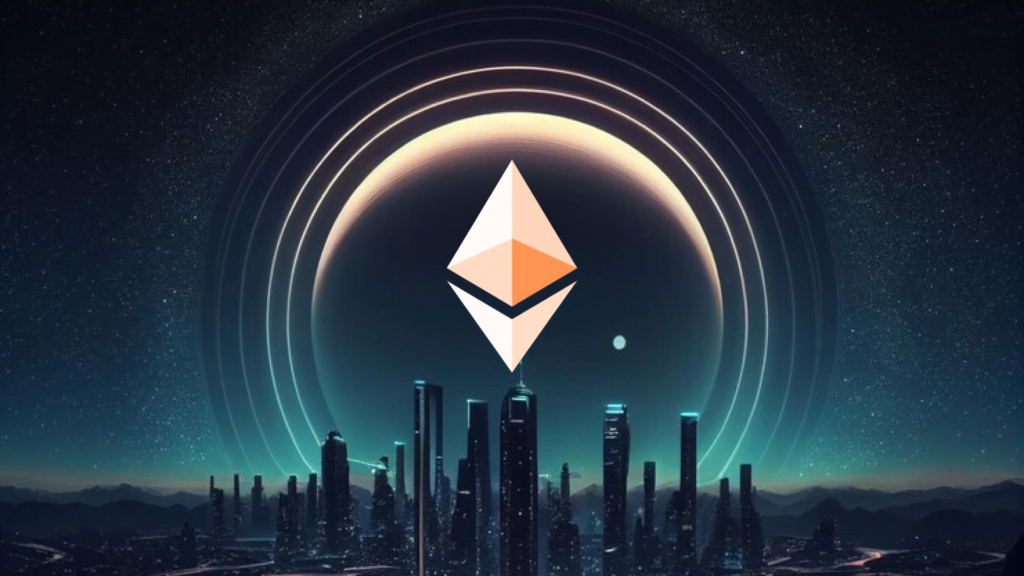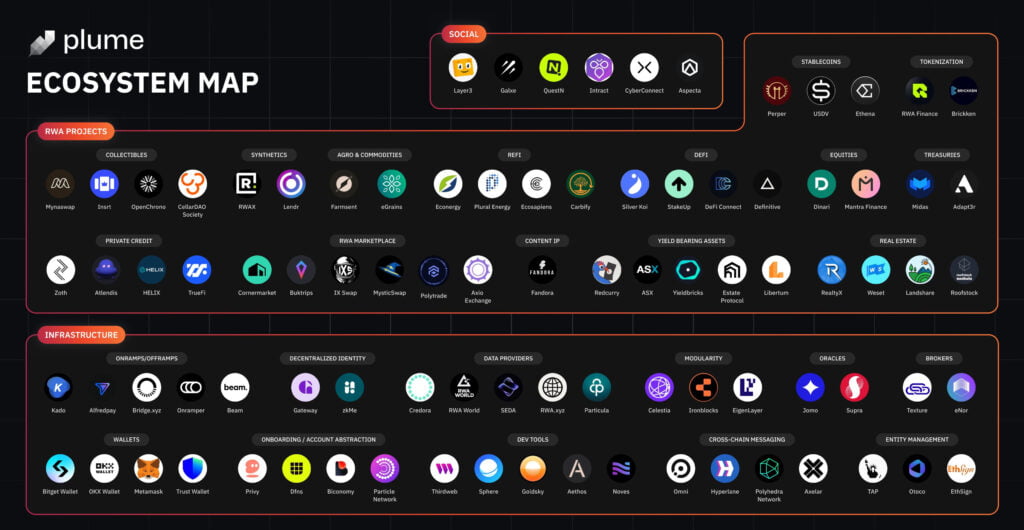Research Summary
The report discusses Celestia, a modular data availability network that allows for the creation of custom blockchains. It highlights the project’s use case, adoption, revenue generation, tokenomics, and governance. The report also provides an overview of the team and investors behind Celestia, its competitors, and potential risks.
Key Takeaways
Celestia’s Unique Modular Approach
- Modular Blockchain: Celestia is a new generation ‘Modular’ blockchain that separates the consensus and application execution layers, allowing for optimized system throughput. This approach offers significant advantages over traditional ‘Monolithic’ chains that implement all functions together in one layer.
Revenue Generation and Tokenomics
- Revenue Generation: Celestia generates revenue from apps built on its platform through two main methods: payment for blobspace and gas fees. Developers use the $TIA token for these transactions.
- Tokenomics: Celestia is a POS blockchain based on CometBFT and the Cosmos SDK. It has a total supply of 1 billion $TIA tokens at genesis, with an initial inflation rate of 8% annually, decreasing by 10% every year until it reaches a long-term issuance rate of 1.5%.
Adoption and Governance
- Adoption: Celestia has attracted a wide range of apps and services built using their modular blockchain. Its design allows developers to deploy blockchain in minutes, scale dynamically, create custom applications, and build sovereign rollups.
- Decentralized Governance: Celestia implements decentralized governance, allowing TIA holders to participate in key aspects of governance, such as voting on network parameters through governance proposals.
Team, Investors, and Competition
- Team and Investors: Celestia was founded by Mustafa Al-Bassam, Ismail Khoffi, and John Adler in 2019. Celestia Labs has raised over $59 million across three separate rounds, with significant investors including Bain Capital, Polychain, OKX, Maven 11, and Interchain.
- Competition: Celestia’s main competition is with other modular blockchains building data availability, including Eigen, AvailProject, Arbitrum AnyTrust, and IntmaxIO.
Risks and Audits
- Risks and Audits: Informal Systems conducted some audits on Celestia earlier in 2023, with further audits completed before the mainnet beta was launched in October. The report suggests that further audit documentation from the team around the codebase would be beneficial.
Actionable Insights
- Monitor Celestia’s Development: Given its innovative approach to blockchain technology, it would be beneficial to keep an eye on Celestia’s development and adoption rate.
- Understand the Tokenomics: Understanding the tokenomics of $TIA, including its inflation rate and use in the Celestia ecosystem, could provide insights into its potential value.
- Assess the Competitive Landscape: Evaluating Celestia’s position in the competitive landscape of modular blockchains could provide a clearer picture of its potential for growth and success.
- Consider Governance Participation: For $TIA holders, participating in Celestia’s decentralized governance could offer a way to influence the project’s direction.
- Review Audit Reports: Reviewing the audit reports of Celestia could provide a better understanding of its security and reliability.










